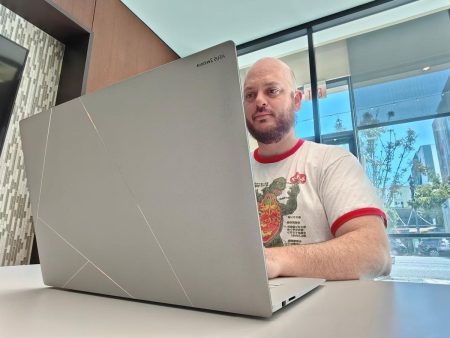According to experiments and computer simulations, the radiation of a nuclear blast could be enough to change the trajectory of an asteroid threatening Earth—if spotted in time.
About 66 million years ago, a “planet killer”—a 10-kilometer-wide asteroid—hit Earth. The Chicxulub impact caused a mass extinction on a planetary scale, killing off an estimated 76 percent of all species, including the dinosaurs.
The probability of a Chicxulub-sized asteroid striking Earth is one hit every 100 to 200 million years, with smaller impacts being more common.
There are currently around 1,200 asteroids on the Near Earth Object risk list, a list of objects with a minimum diameter of one kilometer that theoretically could hit Earth in the next 1,000 years. These objects are too small to cause a worldwide apocalypse, but large enough to devastate entire regions.
Among proposed defense mechanisms to neutralize such threads is the use of space probes to either hit an asteroid or detonate explosives on its surface. In theory, the kinetic energy could push the object away from its collision course with Earth. In 2022, the DART mission successfully deflected the 150-meter large asteroid Dimorphos.
For larger objects the use of nuclear weapons was proposed. The detonation of a nuclear bomb could pulverize parts of the asteroid, forming smaller chunks that will miss Earth entirely or burn up in the atmosphere. However, some experts note that if the asteroid is composed of loosely packed material, it could simply adsorb the shock waves with no effects on its movements.
A research team lead by Nathan W. Moore of the Sandia National Laboratories in Albuquerque, now proposes an alternative mechanism.
First, the researchers vaporized asteroid-like samples made of quartz and silica in a special chamber using an X-ray flash generated by an overheated argon plasma. Observing how the samples moved through the plasma, the authors calculated the thrust generated by eruptions of steam from the samples’ surface. The recorded data were then used in a computer model to scale up the effects on a much larger object using much higher energy levels, like experienced during the detonation of a one-megaton bomb (a relatively small nuclear device). According to the calculations, a nuclear blast could deflect an asteroid up to four kilometers wide—if spotted in time.
If the asteroid is intersected far enough from Earth, even a tiny initial push would, over time, incrementally change its trajectory, significantly reducing the risk of a collision with Earth.
The study “Simulation of asteroid deflection with a megajoule-class X-ray pulse” was published in the journal nature physics and and can be found here.
Additional material and an interview with lead author N.W. Moore was published on the nature webpage.
Read the full article here






